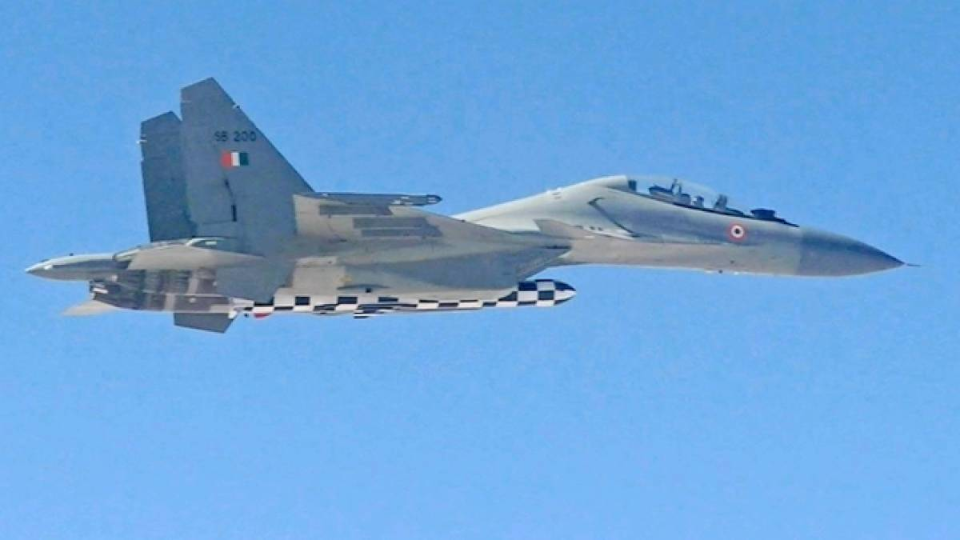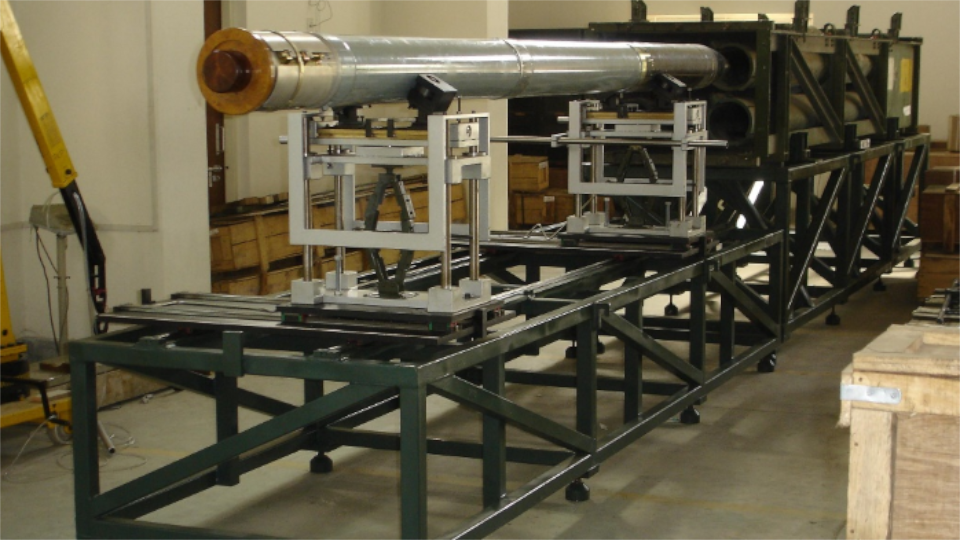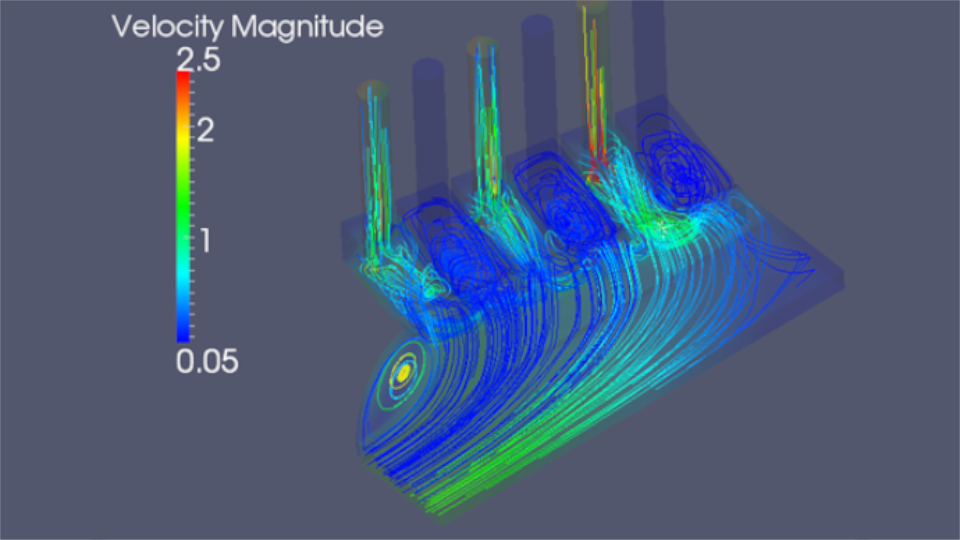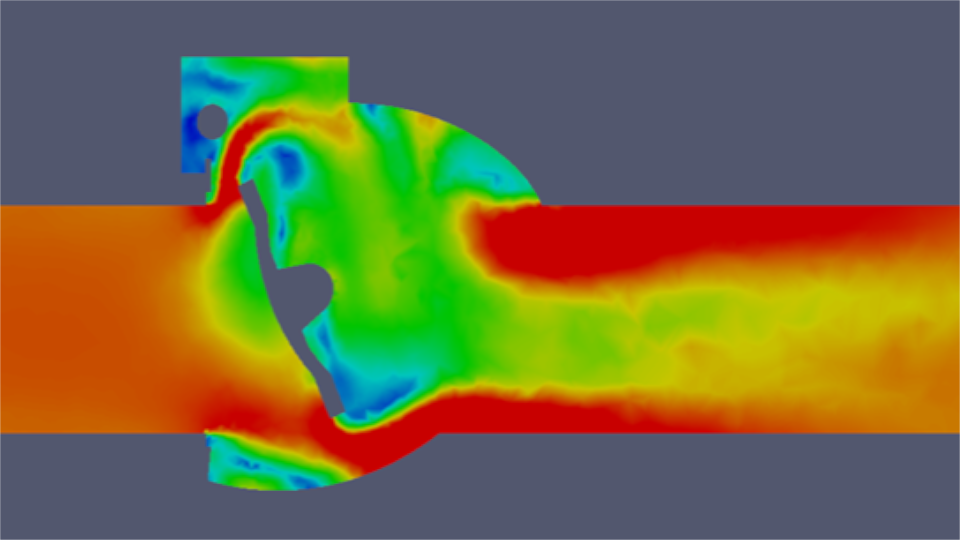Case Studies
Optimization Of Tail Design For Naval Rocket For Deviation Correction
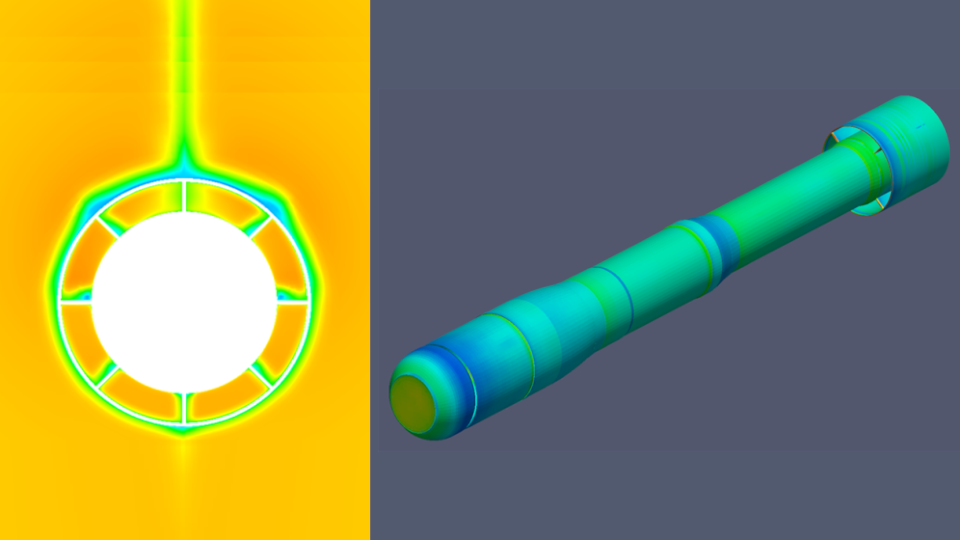
Our customer is a premier Defence establishment involved in the design and development of Rockets for naval applications. The rocket is roll stabilized and it is assumed that Coriolis force due to rotation and thrust misalignment are responsible for drift in the rocket trajectory. Aim of the project is to suggest solutions for deviation reduction especially by redesigning the fin and nozzle. This means changing the number, cant angle, thickness (weight) of the fins that would lead to change in aerodynamic characteristics, structural safety, stability margin and trajectory of the rocket. Sensitivity of flight due to changes in propulsion was required to be estimated to find solutions.
Zeus Numerix employed structured multi-block mesh with cell size of 5.2 million and Pseudo Incompressible solver to carry out the viscous CFD analysis using its proprietary software FlowZ™. CFD loads were transferred to FEM software for structural analysis to validate the integrity of rocket. Xcp was calculated using CFD and was found to be safe for all the configurations simulated. 6-DoF model was developed to study and validate the performance using sensitivity analysis by varying different parameters including propulsion, wind etc.
Zeus Numerix provided recommendation on the type and number of fins. Nozzle deviation was modeled for thrust misalignment behaviors and sensitivity analysis done for ISO MET, METCM, pitch and yaw rate variations, and mass imbalance. The customer used this study to modify the configuration. Coupled with their own, the result is more than 80percentage reduction in drift in actual test firing.
